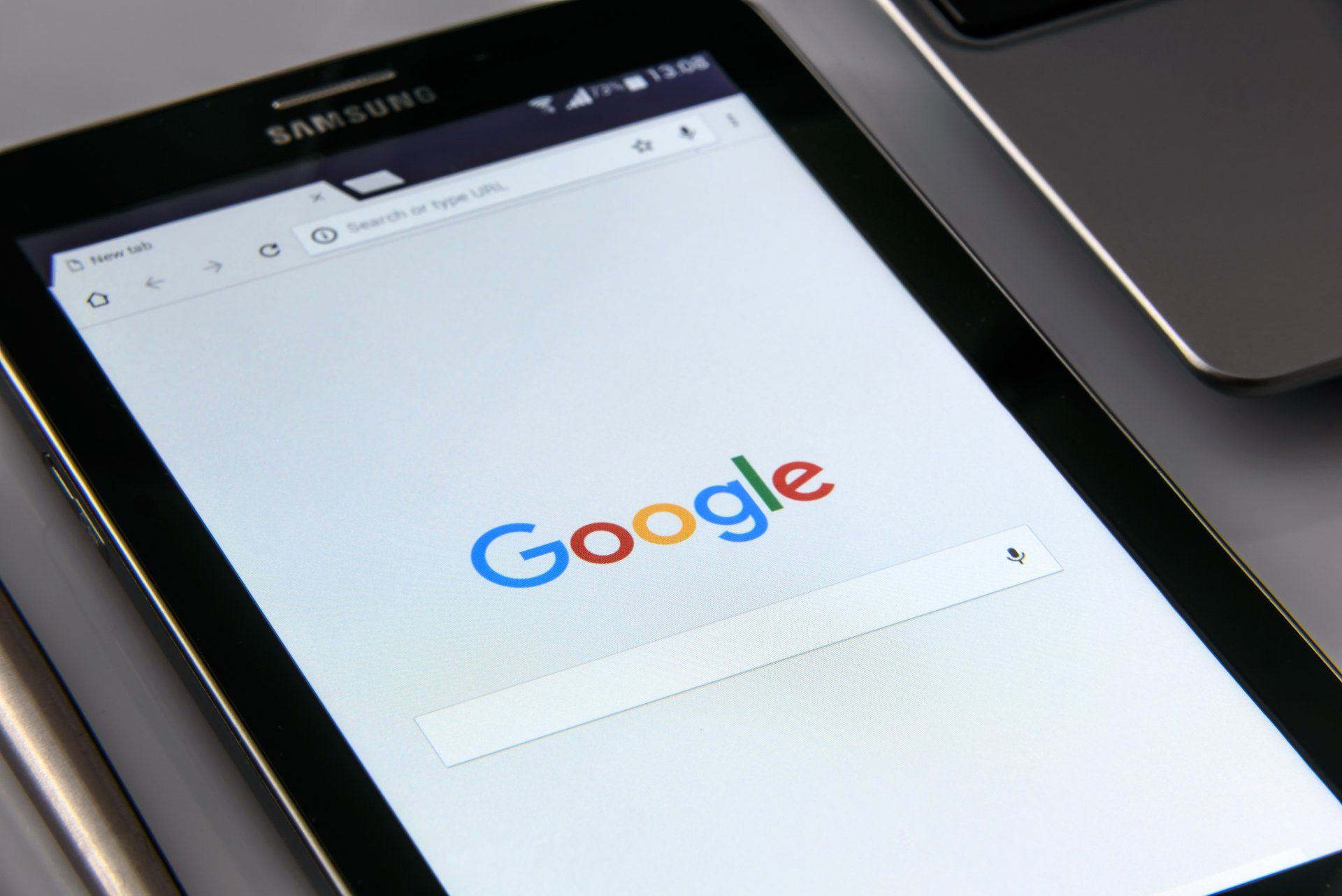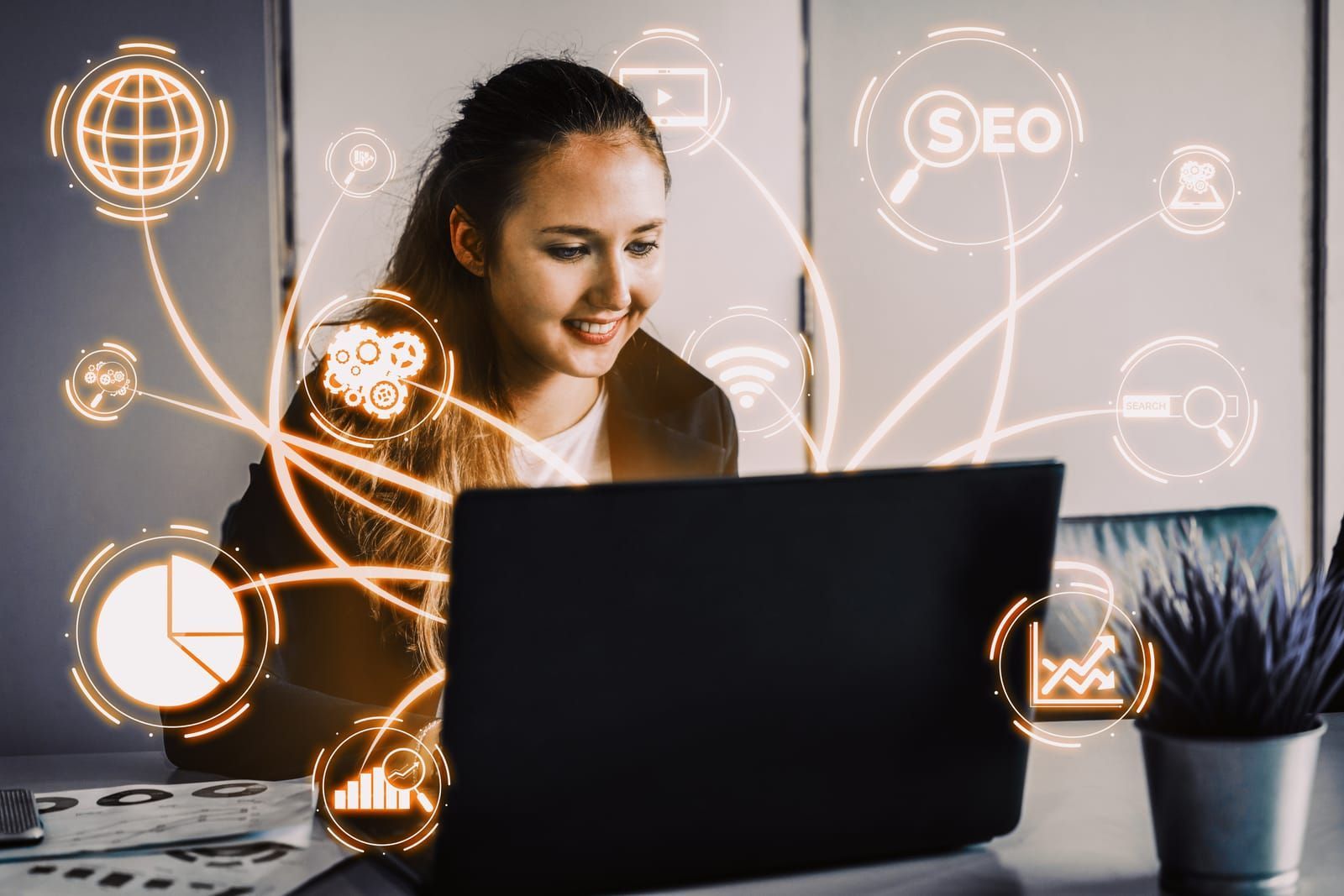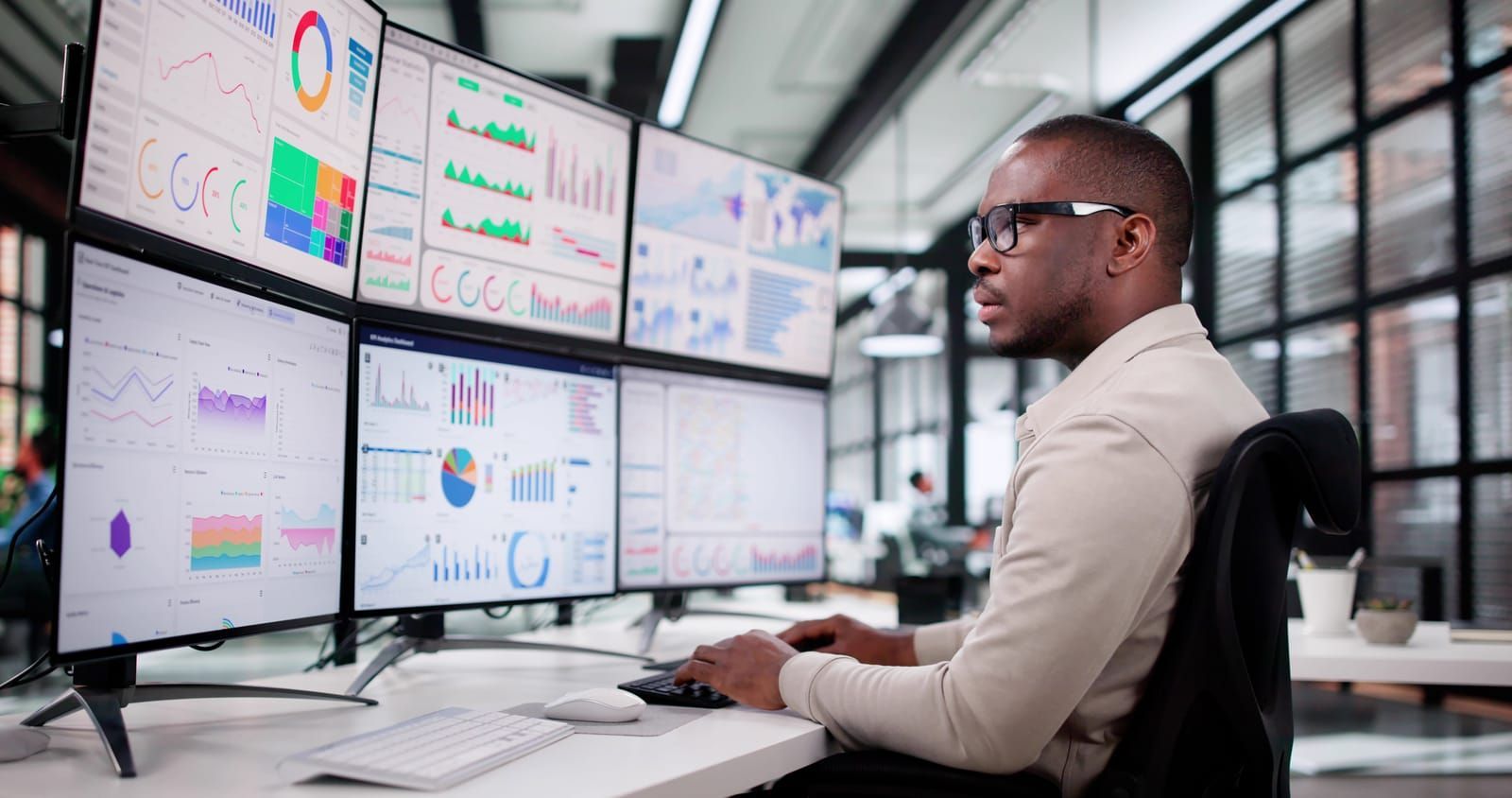How to Write a Press Release: A Step-by-Step Guide
Writing a press release is an essential component of content marketing that helps you reach a broader audience through the media. Here's a comprehensive guide to help you craft a professional and compelling press release.

Writing a press release is an effective way to broadcast your news to a large audience. Whether you're announcing a new service for your clinic or sharing a significant company milestone, a well-crafted press release can generate media interest and boost your brand's visibility. By following a structured approach, you can communicate your news clearly and compellingly, making it easier for journalists to cover your story.
1. Understand the Purpose
A press release is a brief, compelling news story written by a public relations professional and sent to targeted members of the media. Its purpose is to announce something significant and newsworthy. Whether it's a product launch, an event, or a major company milestone, the goal is to capture the attention of journalists and encourage them to cover your story.
Importance:
Understanding the purpose of a press release helps you focus on delivering clear and relevant information. It's about crafting a narrative that resonates with both the media and your target audience. You want your press release to align with your broader communication strategy and business objectives.
Example:
If your healthcare company has developed a new telemedicine platform that improves patient access to care, a well-crafted press release can highlight this innovation and its potential impact, attracting media coverage and public interest.
2. Craft a Strong Headline
Your headline should be attention-grabbing and concise. It must accurately reflect the content of the release while enticing the reader to learn more. An effective headline often uses action verbs and highlights the significance of the announcement.
Importance:
The headline is the first thing a journalist or reader will see, and it determines whether they will continue reading. A strong headline can make the difference between your story being picked up or ignored. Convey the essence of your news in a way that sparks curiosity and interest.
Example:
"Leading Healthcare Provider Launches Revolutionary Telemedicine Platform to Enhance Patient Care"
In this example, the headline clearly states who is involved (a leading healthcare provider), what is happening (launch of a platform), and why it matters (enhancing patient care).
3. Write a Compelling Lead
The first paragraph, known as the lead, should contain the most important information you want to convey: the who, what, when, where, why, and how. This is often referred to as the "5 Ws." A strong lead provides enough details to give a clear picture of the story while encouraging further reading.
Importance:
The lead sets the tone for the rest of the press release. It should quickly inform the reader about what makes your story newsworthy. By addressing the "5 Ws" upfront, you make it easier for journalists to understand and report on your news, increasing the likelihood of coverage.
Example:
"HealthTech Innovations, based in Boston, introduced its state-of-the-art telemedicine platform 'CareConnect' on October 20, 2024. The platform aims to improve patient access to healthcare services across the United States by offering virtual consultations with specialists."
This lead gives essential information at a glance and sets up the context for the rest of the release.
4. Develop the Body
The body of your press release should provide additional details that support your lead. This can include:
- Background Information: Offer context about your company or product. Example: "Founded in 2018, HealthTech Innovations has been pioneering digital health solutions that focus on enhancing patient outcomes through technology."
- Quotes: Include quotes from key stakeholders to add insight and human interest. Example: "Our goal is to break down barriers to healthcare access," says Dr. Emily Carter, CEO of HealthTech Innovations. "CareConnect allows patients to receive critical medical advice without leaving their homes, ensuring timely and convenient care."
- Statistics or Data: Provide relevant data to back up claims or highlight the significance of the announcement. Example: "Recent studies indicate that telemedicine can reduce patient wait times by up to 50%, making healthcare more accessible for rural communities."
Importance:
The body provides depth and credibility to your press release. By including detailed information, quotes, and data, you offer journalists everything they need to craft a compelling story. This section allows you to expand on why your announcement is important and how it impacts your industry or community.
5. Include a Boilerplate
A boilerplate is a brief paragraph about your company or organization. This "About" section should be consistent across all your press releases and provide essential information about who you are and what you do.
Importance:
The boilerplate acts as an "about us" section for your company. It provides context and background, helping journalists understand your organization's mission and values. Consistency in this section across different releases helps build brand recognition and trust.
Example:
"About HealthTech Innovations: Founded in 2018 in Boston, HealthTech Innovations is dedicated to transforming healthcare delivery through cutting-edge technology. We strive to enhance patient care by providing innovative digital solutions."
6. Add Contact Information
Ensure that you include contact information at the end of your press release. This helps journalists reach out for more details or interviews.
Importance:
Clear contact information allows interested journalists to easily reach out for further information or interviews, facilitating better media coverage. It demonstrates professionalism and openness, encouraging dialogue with the media.
Example:
- Contact Name: Sarah Johnson
- Phone Number: (123) 456-7890
- Email Address: sarah.johnson @ healthtechinnovations dot com
- Company Website: www dot healthtechinnovations dot com
7. Format Appropriately
Proper formatting ensures that your press release is easy to read and professional. Many of these elements are added as defaults by press release distribution services.
- Length: Keep it concise, ideally one page.
- Font: Use a standard font like Arial or Times New Roman, size 10-12.
- Spacing: Use single spacing with a space between paragraphs.
- End Notation: Signal the end of your press release with "###" or "-30-" centered at the bottom.
Importance:
Professional formatting makes your press release more appealing and easier to read. Journalists receive numerous releases daily; well-organized content increases the chances of yours being read and considered for publication.
8. Proofread and Edit
Review your press release for any grammatical or spelling errors. Ensure clarity and conciseness. Consider having a colleague review it for a fresh perspective.
Importance:
Proofreading is critical to maintaining professionalism and credibility. Errors can distract from your message and make your organization appear careless. A polished press release reflects well on your company and increases trust with journalists.
Final Thoughts
Writing an effective press release requires understanding your audience and conveying your message clearly and succinctly. By following these steps, you'll increase the likelihood of your news being picked up by media outlets. A well-crafted press release not only communicates your message but also builds your brand's reputation and credibility.
Did you know Clinician Box can get your word out with our press release writing and distribution service? Starting at only $650 per release, contact us today to learn more.
References
- PR Newswire
- HubSpot's Guide to Writing Press Releases
- Forbes - How to Write a Press Release
- Business Wire
- The Balance Small Business - How to Write a Press Release















